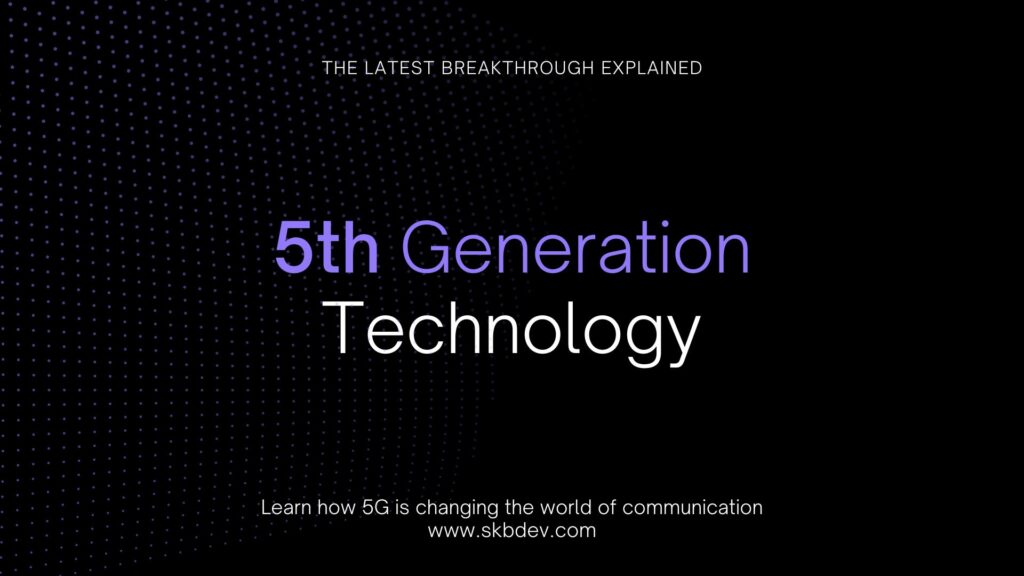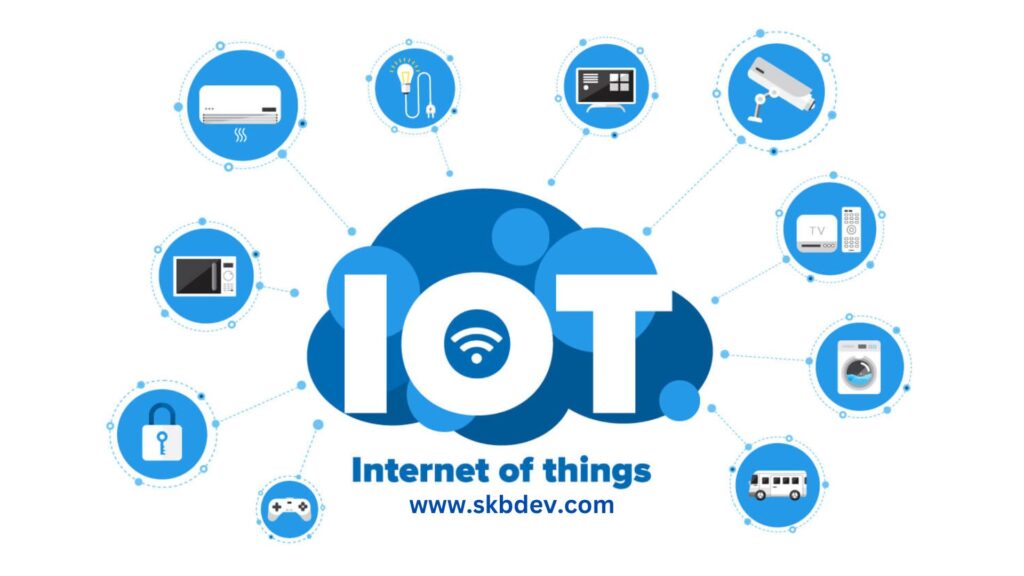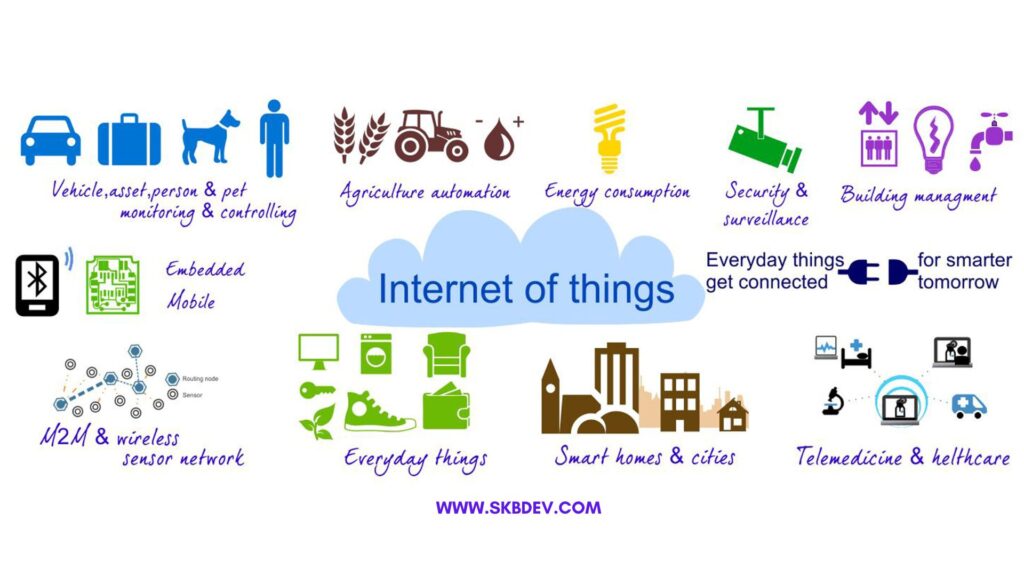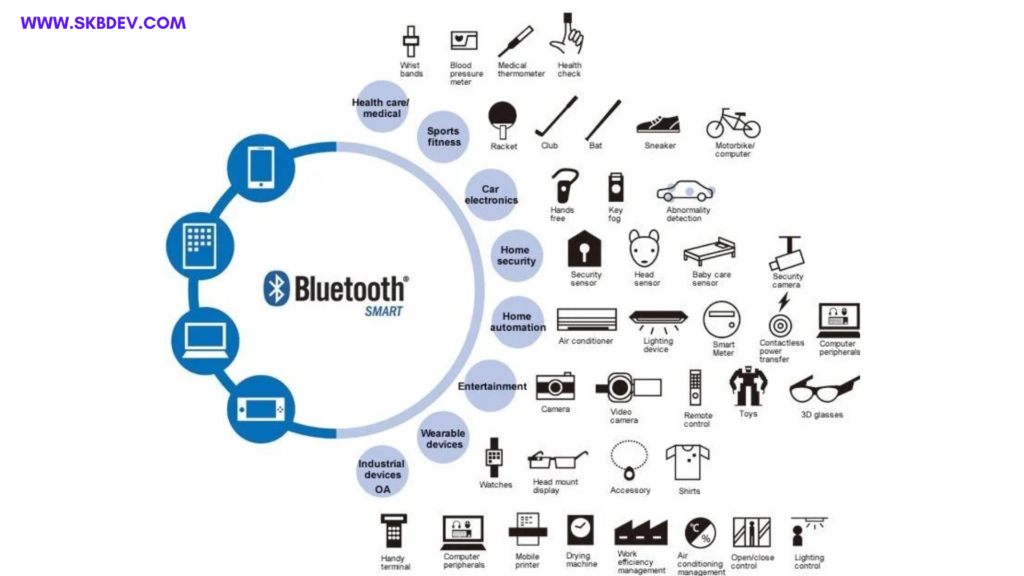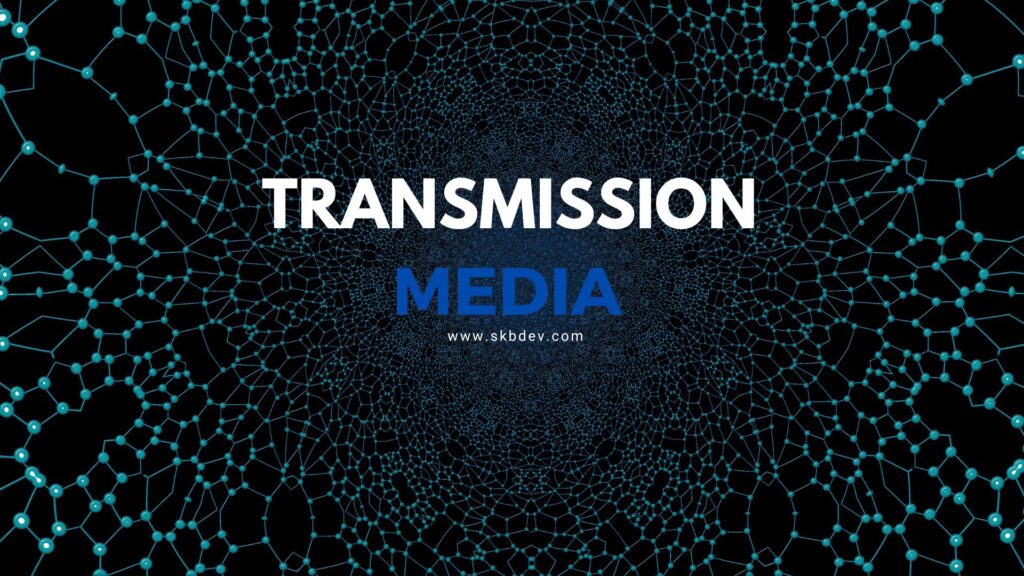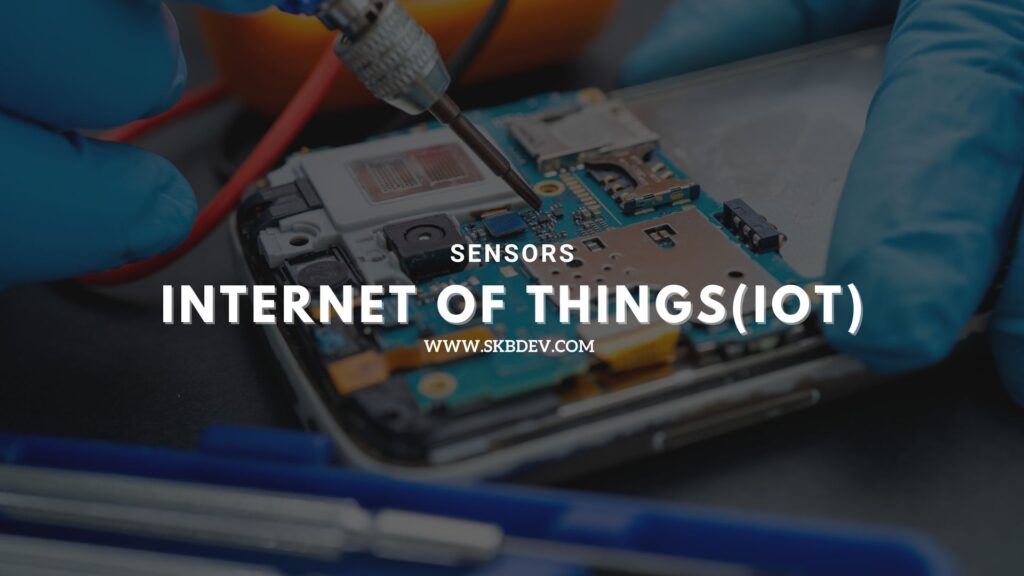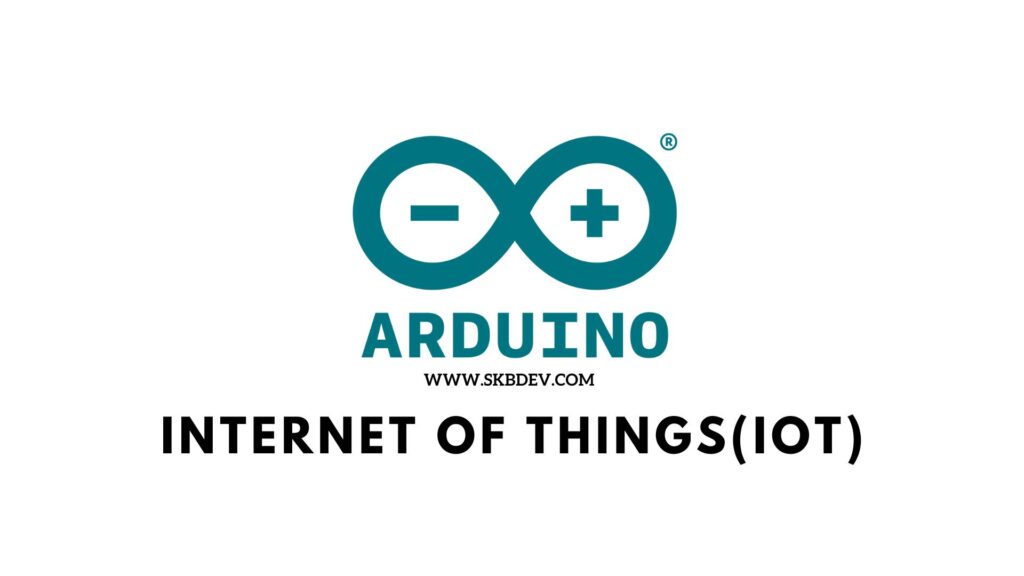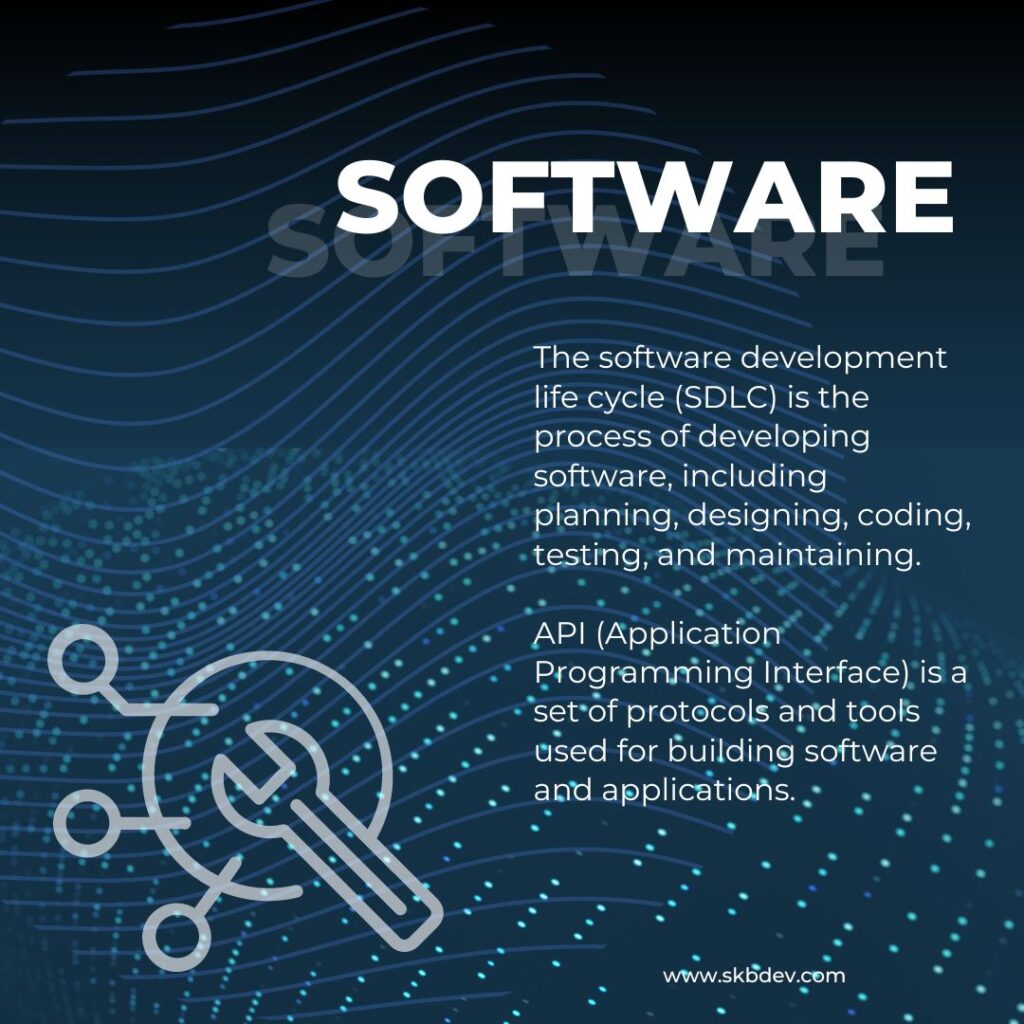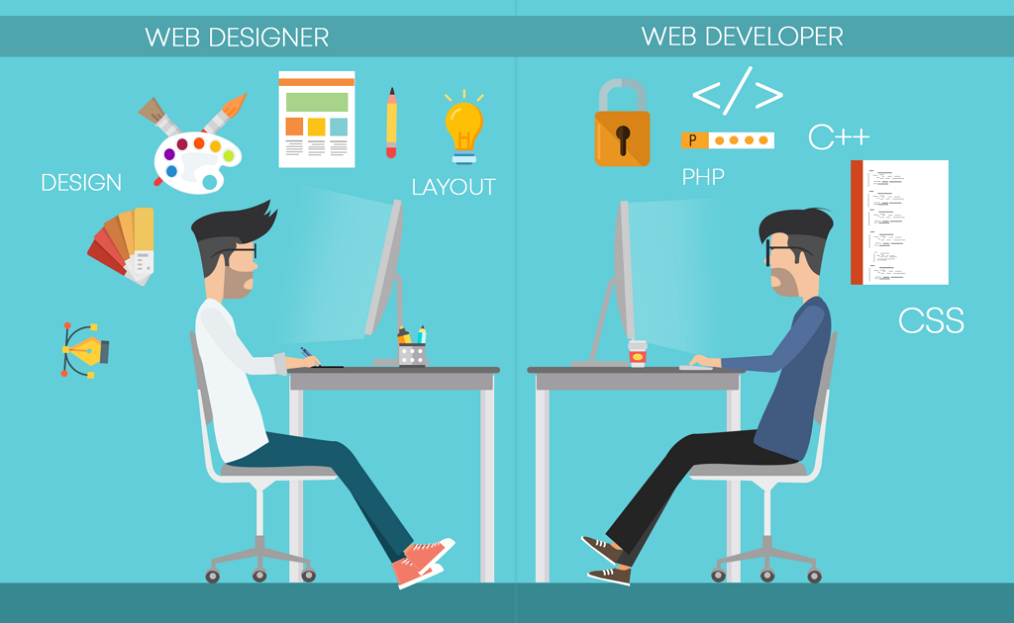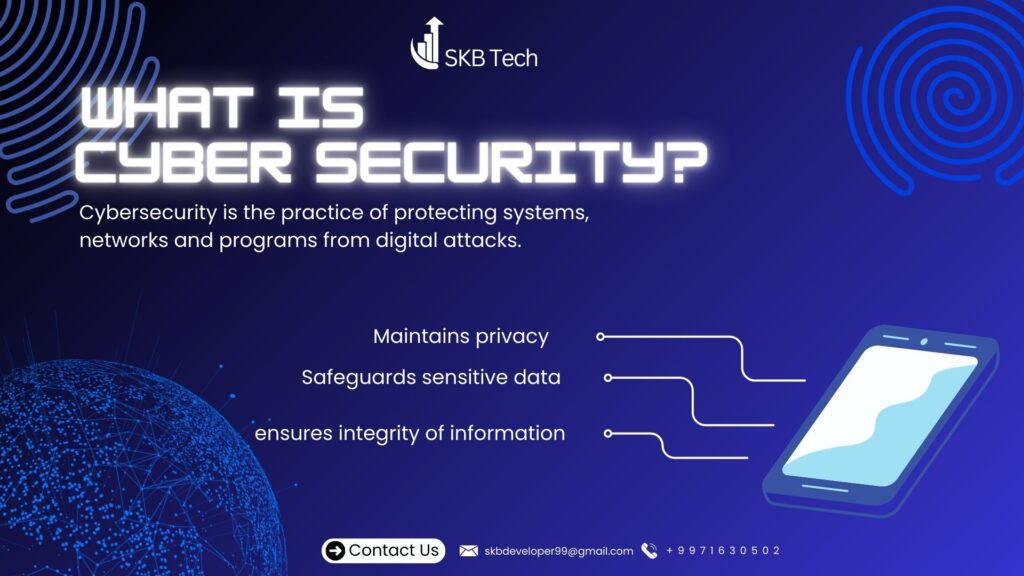The advent of 5G technology is set to revolutionize the way we connect and communicate. As the fifth generation of mobile networks, it promises to deliver unprecedented speed, reliability, and connectivity, reshaping industries and everyday experiences alike. In this blog post, we’ll delve into how it is transforming communication, explore its key benefits, and address some potential drawbacks.
What is 5G?
5G, or fifth-generation wireless technology, represents the next leap in mobile network evolution. Building upon the foundation laid by 4G LTE, it introduces enhancements that extend beyond faster internet speeds. It offers a more robust infrastructure capable of supporting a multitude of connected devices and applications with minimal latency.
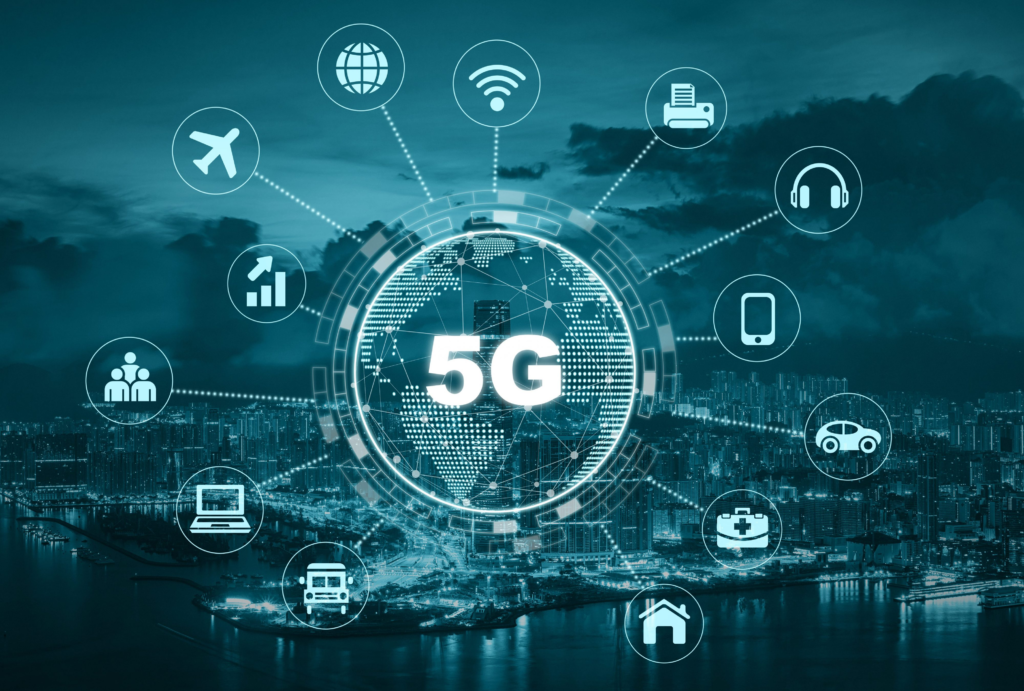
Key Benefits of 5G
- Blazing Fast Speeds: One of the most talked-about benefits of 5G is its remarkable speed. With theoretical download speeds reaching up to 10 Gbps, it is designed to be up to 100 times faster than 4G. This means quicker downloads, smoother streaming, and a more responsive browsing experience.
- Low Latency: Latency, or the delay before a transfer of data begins following an instruction, is significantly reduced with 5G. The technology promises latency as low as 1 millisecond, compared to 30-50 milliseconds with 4G. This near-instantaneous response is crucial for applications requiring real-time interactions, such as online gaming and autonomous vehicles.
- Enhanced Connectivity: It supports a higher density of connected devices, allowing up to 1 million devices per square kilometer. This is essential for the Internet of Things (IoT), where smart devices, sensors, and appliances communicate with each other, contributing to smarter cities and homes.
- Improved Reliability: The advanced architecture of 5G networks ensures improved reliability and consistent performance, even in high-density areas. This reliability is vital for applications like telemedicine and emergency services, where uninterrupted communication can be a matter of life and death.
- Support for Emerging Technologies: It acts as a catalyst for emerging technologies such as augmented reality (AR), virtual reality (VR), and artificial intelligence (AI). These technologies require high bandwidth and low latency, making 5G an ideal enabler for new and immersive experiences.
Potential Drawbacks of 5G
- Infrastructure Challenges: Deploying 5G requires a significant investment in infrastructure. Unlike previous generations, this networks rely on a higher density of small cell towers. This can pose challenges in terms of cost, planning, and regulatory approvals, especially in rural and less densely populated areas.
- Higher Data Costs: As with previous generations of mobile technology, the introduction of 5G may lead to higher data costs. Consumers might face increased charges for data plans, reflecting the premium nature of 5G services and the investment required to build and maintain the network.
- Limited Coverage: While 5G promises high speeds and low latency, its coverage is currently limited compared to 4G. Initially, 5G networks will be concentrated in urban areas, with rural and underserved regions lagging behind in terms of availability. This uneven rollout could exacerbate the digital divide.
- Health and Safety Concerns: There are ongoing discussions and research regarding the potential health effects of increased electromagnetic radiation from 5G networks. While regulatory bodies maintain that 5G is safe within established guidelines, public concerns and the need for further research remain pertinent.
- Compatibility Issues: Existing devices are not compatible with this networks, necessitating upgrades or replacements. Consumers and businesses will need to invest in new hardware to take full advantage of 5G, which can be a barrier to widespread adoption.
Conclusion
5G technology is set to transform the way we communicate, offering incredible benefits such as faster speeds, lower latency, and enhanced connectivity. However, it also comes with challenges, including infrastructure demands, potential cost implications, and health concerns. As the rollout of this continues, addressing these issues will be crucial in ensuring that the technology delivers on its promises while mitigating any drawbacks.
Stay tuned to our blog for more updates on the latest in technology and how it impacts our world.

